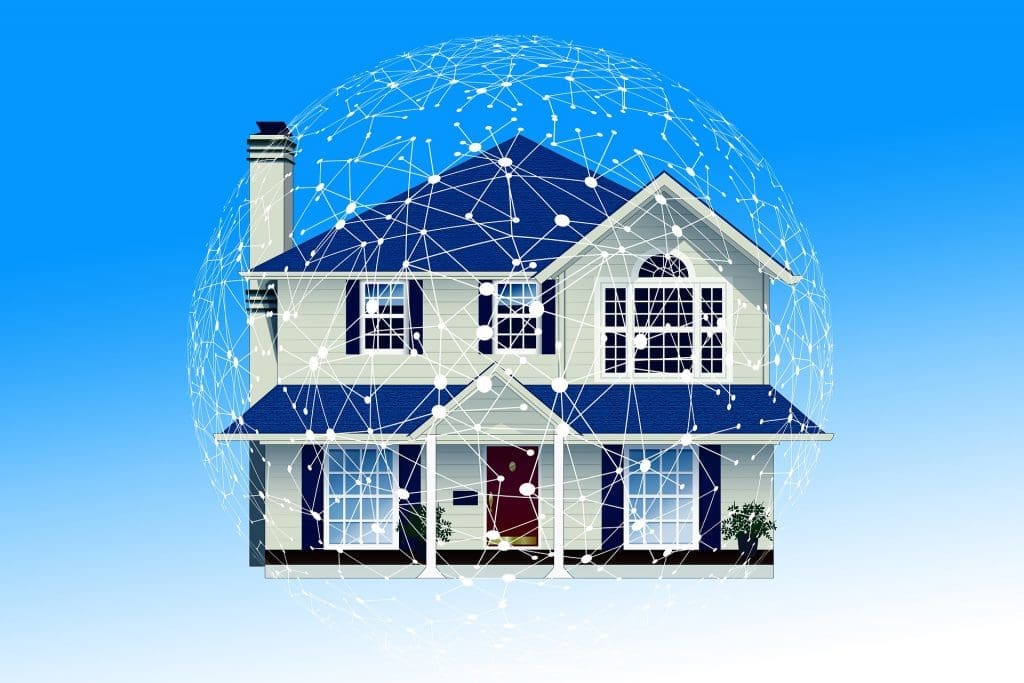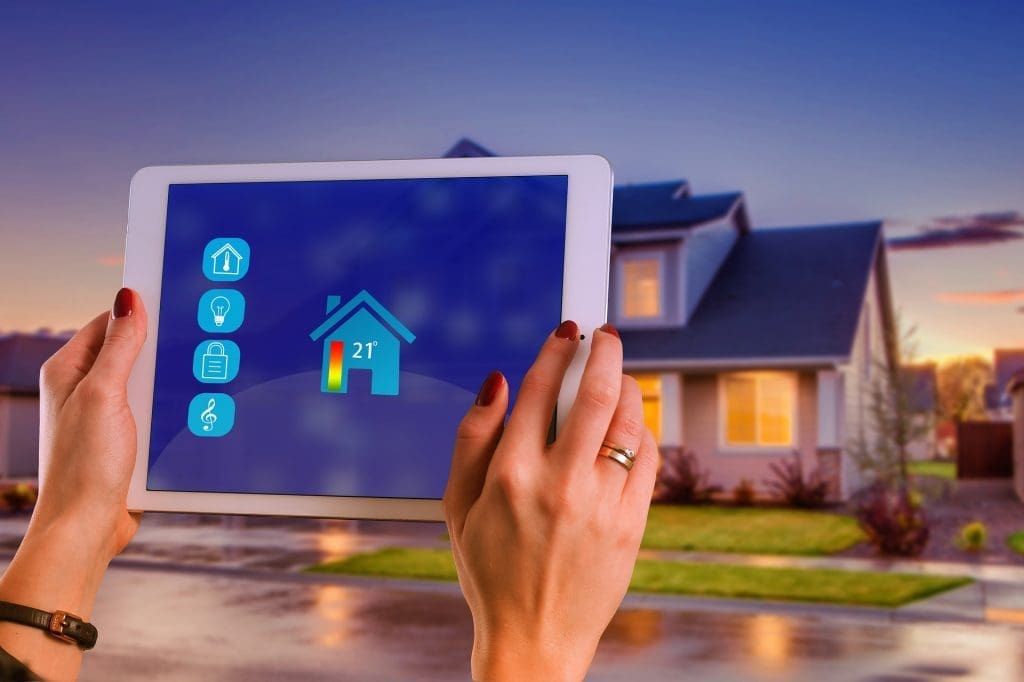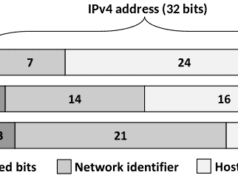

Building a Smart Home From the Ground up
Too many smart homes start with an overenthusiastic early adopter jumping on the opportunity to get the latest and greatest gear. Unfortunately, the first smart home products don’t only become outdated excruciatingly quickly; they are also riddled with vulnerabilities that put one’s entire home network at risk. Let’s look at what it takes in Building a Smart Home.

Instead of impulsively purchasing smart tech, you should consciously and carefully acquire smart tools to create a fully functioning — and fully secure — smart home. If you have the opportunity to design and build your home around your smart device needs, that’s even better. Use these tips and tricks for building a smart home safely.
Research the Smart Tools You Need and Want
As fun as it might be to grab whatever cool, new smart tech you see on the market, the truth is that smart homes function better when you know ahead of time what kinds of devices your network will include — and they function best when you can modify your home to suit your smart tools. An excellent example of this is knowing the colors of your common wire or whether your HVAC system has it before installing a smart thermostat in your home. This simple task will help you prepare and pick the suitable model and function for your thermostat. Also, it is important to consider the type of internet connection you have when setting up a smart home. Utilizing a reliable fiber internet provider can make all the difference in the performance of your smart devices.
That’s why you should put in some time to research available smart tech now. Think about what you wish your home could do for you, and then try to identify smart technologies that might offer those capabilities. Alternatively, peruse lists of valuable smart home devices and consider which ones you would most appreciate in your environment. Often, must-have devices include smart speakers — which function like smart home hubs because they are equipped with smart assistants — as well as smart thermostats, security like cameras and locks, lights and window treatments, outlets and power strips or kitchen appliances like refrigerators, sous vide cookers and grills. You should compare and contrast different brands and ensure that every product you want will integrate seamlessly into your network.
Once you have a list of the types of products you expect to buy for your home, you might consider making changes to your home to ensure your tech works as efficiently as possible. For instance, you might need to rewire to ensure that rooms with smart thermostats have the right connections. Alternatively, you might need to move cabinets around in your kitchen to fit your new state-of-the-art appliances. For devices that aren’t out at all times, like smaller kitchen tech, you need to build adequate storage.


Most importantly, ensure your wireless network reaches every nook and cranny of your home, so connected devices can deliver on smart functionality. Experts advocate placing your router toward the center of your home, which not only gives all rooms better access to the network and internet but also largely prevents your network from seeping outside your home, where hackers passing by might be tempted to attack.
Understand Smart Tech Insecurities
Speaking of attacking hackers, to keep your smart home safe, you need to understand its vulnerabilities from the get-go. The rapid growth of smart technology is exhilarating — there are more and more products available for purchase every day, giving more people access to life-changing devices — but it is also somewhat dangerous. Many developers are rushing to market before their devices are ready, with the result that many have gaping holes in their firmware. Hackers have already produced dozens of IoT exploits that make it simple to get into a home network through smart tech.
Thus, you need to take steps to protect your smart home as soon as you start setting up smart devices. As soon as you open a new device, you should install any new updates or patches to its firmware. You should also consider changing the name of the device, so anyone who sees the device can’t immediately identify its make and model. Next, you should equip any devices containing personal data with strong protections, to include max security antivirus and advanced encryption.
If you have the ability, it is wise to set up a separate network, specifically for your smart home. Then, even if insecurities remain in the IoT, your computers will be safely separated, reducing the risk of a costly data breach. You should be able to create multiple home networks using just one router, but you can certainly buy and install multiple routers around your home if that is your preference.
Building a Smart Home
There’s more to being a smart homeowner than amassing smart technology. You need to think about the technical aspects of smart devices and networks before you jump into purchasing the products you want and need — then you can use your smart home efficiently, securely, and with maximum enjoyment.



